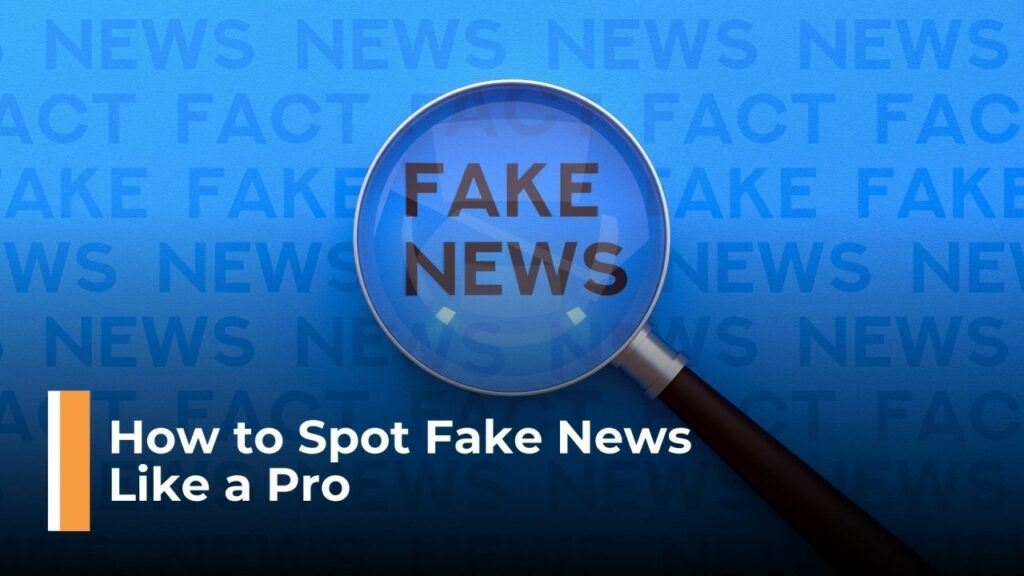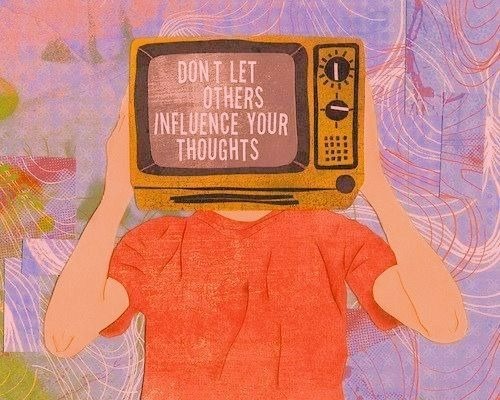Fact or Fiction? Navigating News in the Age of Social Media

Do you recall when newspapers were the primary news source? Yeah, neither do we. For Gen Z, social media is the newsroom. Breaking news? We spot it on X (formerly Twitter) before TV stations even react. Political debates? Reel is flooded with deep dives and hot takes. But here’s the catch: while social media journalism gives us instant access, it also brings bias, misinformation, and clickbait traps. Let’s break it down.
The Evolution of Social Media Journalism
Traditional journalism follows strict guidelines—fact-checking, verified sources, and ethical reporting. But today, anyone with a smartphone and Wi-Fi can become a journalist. Let’s evaluate the pros and cons:
✅ Instant news updates – No waiting for TV bulletins or newspapers.
✅ Diverse perspectives – More voices, more viewpoints.
✅ Direct engagement – Unlike traditional media, social journalism allows real-time interaction.
❌ Fake news spreads fast – No editorial board means misinformation can go viral.
❌ Echo chambers – Algorithms feed us content that reinforces our beliefs.
❌ Clickbait culture – Sensationalism often wins over accuracy.

️How to Spot Fake News Like a Pro
Not all headlines deserve your trust. Here’s how to fact-check like a digital detective:
Verify the source – Is it from a trusted news outlet or a random account?
Look for multiple reports – If only one page is reporting it, red flag.
Check the date – Old stories resurface as new for clicks.

Fact-check with reputable sites – Use sources like Reuters, AP News, or Snopes.
Read beyond the headline – Sensational headlines often distort the real story.
The Power & Pitfalls of Citizen Journalism
Thanks to smartphones, anyone can document world events. From protests to climate disasters, social media showcases raw, unfiltered footage. That’s powerful—but also risky. Misleading edits, out-of-context clips, and deepfakes can twist reality. The key? Stay skeptical.
Social Media Journalism: Helpful or Harmful?
It’s not about choosing one over the other. Social media journalism is here to stay, but responsible consumption is the game-changer. Being an informed reader is just as important as being an informed voter.
CTRL+Z SUGGESTS:
Be the Smart Consumer: The future of journalism isn’t print vs. digital—it’s how we use both to stay informed.
If you don’t want to be misled, do this:
✔ Cross-check sources before sharing.
✔ Follow credible journalists, not just influencers.
✔ Engage critically—don’t take every viral post at face value.
✔ Question, verify, then react.
Gen Z has the power to reshape journalism—let’s make it smarter, not noisier.

About the Author
Laxmi Bhatt
I’m Laxmi, a content writer who turns caffeine into words and ideas into stories. If creativity had a speed limit, I’d be breaking it daily. Juggling words, dodging writer’s block, and occasionally questioning my life choices—one sentence at a time. Always typing, always snacking, never not thinking!
Quick links
About the Author
Laxmi Bhatt
I’m Laxmi, a content writer who turns caffeine into words and ideas into stories. If creativity had a speed limit, I’d be breaking it daily. Juggling words, dodging writer’s block, and occasionally questioning my life choices—one sentence at a time. Always typing, always snacking, never not thinking!
